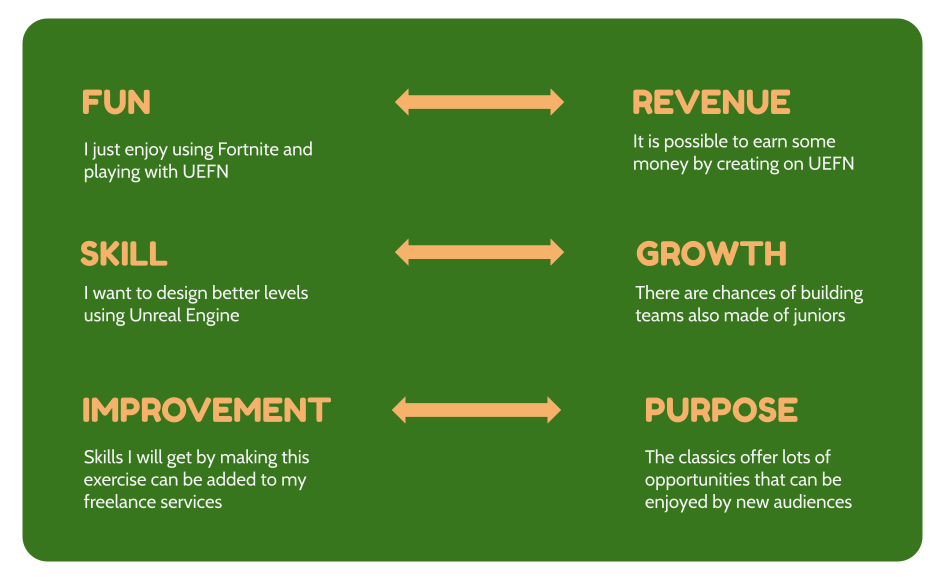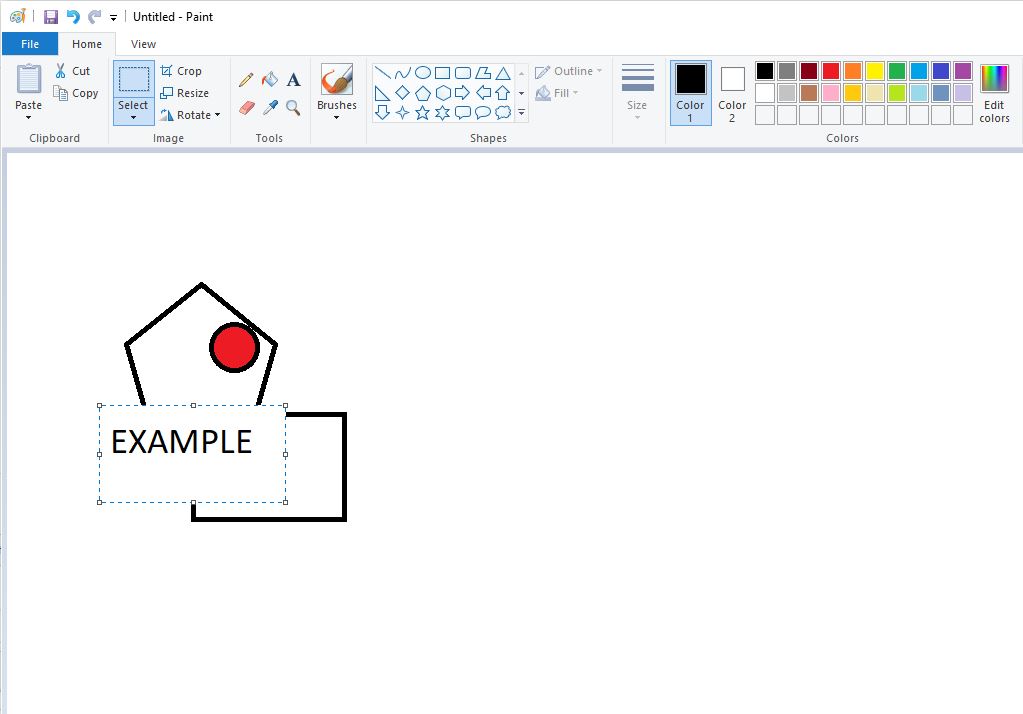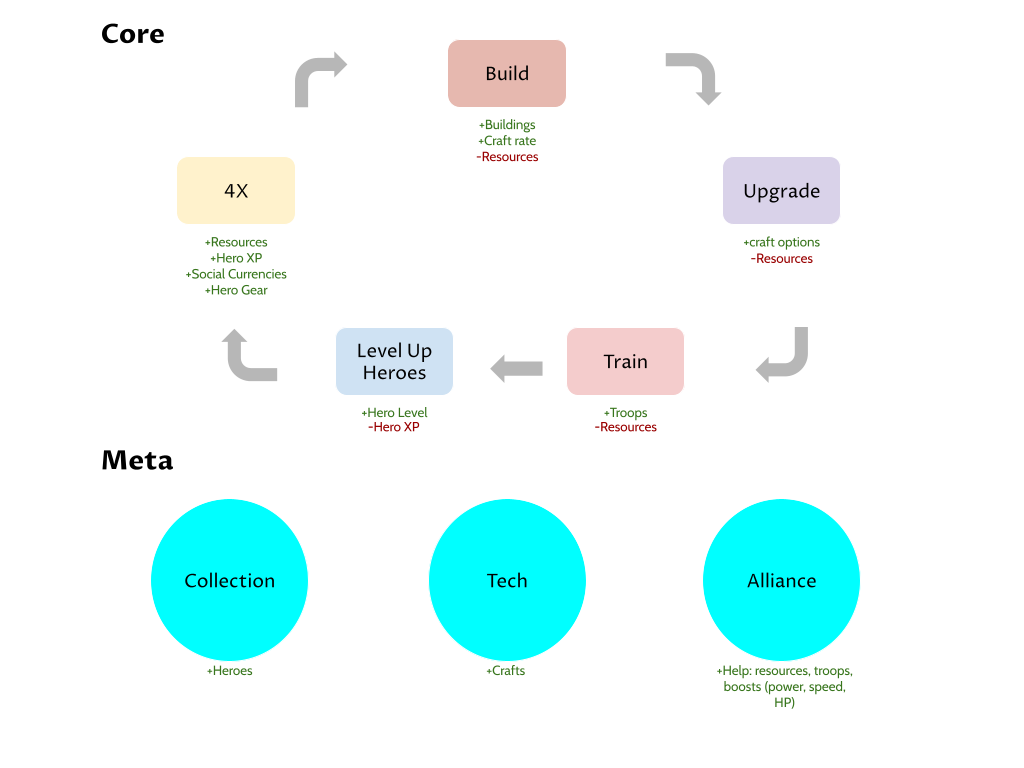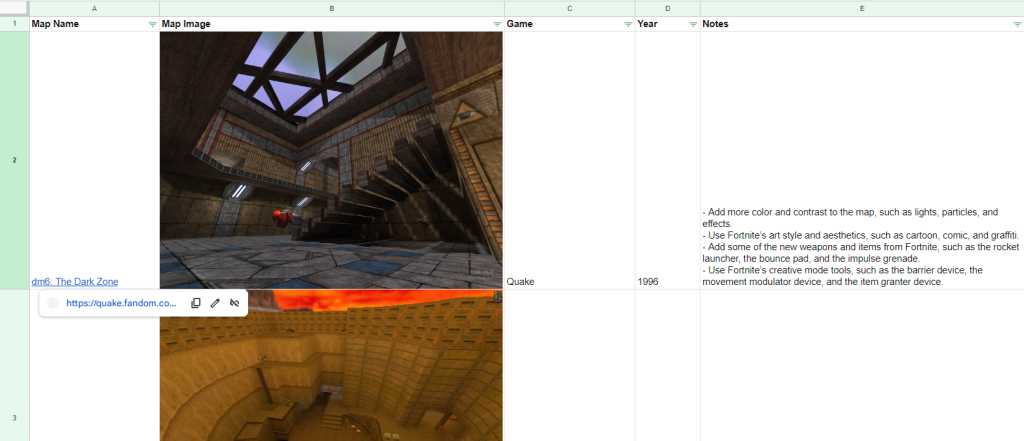Experts always say you should start your projects with WHY.
Others say you should have a philosophical base on everything you start. I don’t know if that’s a universal rule, but I am sure it helps to write down why I am tackling this new UEFN project.
There are two sides to the medal. One is a personal improvement side, and the other is a practical business side. I have identified opposites on these two sides. I love it when everything comes together in a meaningful way. Maybe a little obsessive, dunno.

- FUN <-> REVENUE: First of all, I am motivated and engaged in doing that. I prefer to invest 40% of my time doing that than playing video games, for a while. And of course, the ROI is higher in this case.
- SKILL <-> GROWTH: I see opportunities to build a team, meet new people, and teach what I discover in the future. I love to teach.
- IMPROVEMENT <-> PURPOSE: I am also playing lots of Fortnite to study my new competitors. I see that most of these experiences have no progression, and no storytelling, there is just chaos. Most of them look like a bunch of incomplete experiences. My will is to silently teach the history of good old FRAG deathmatch to the new audiences that are playing Fortnite today.


